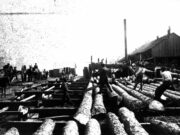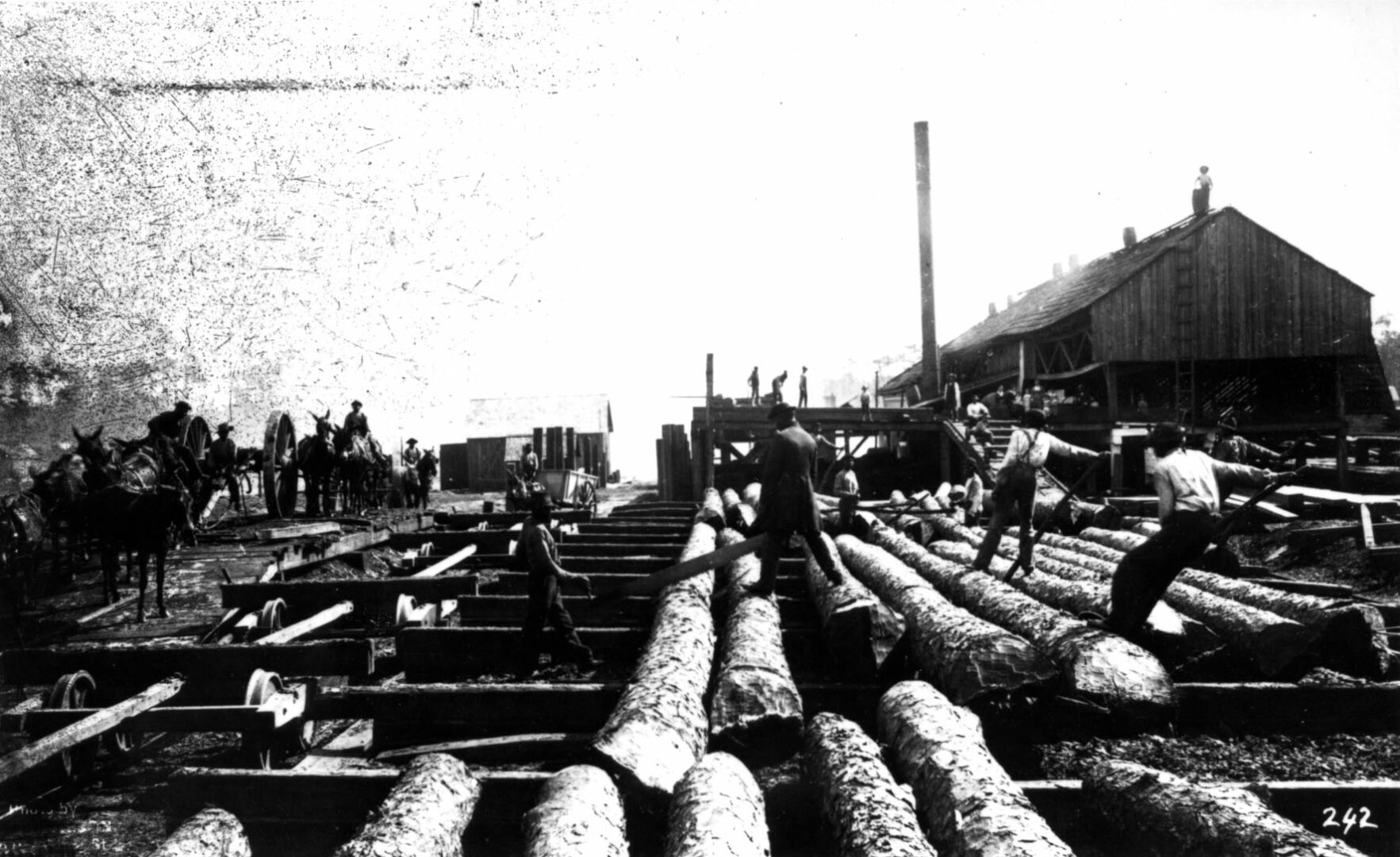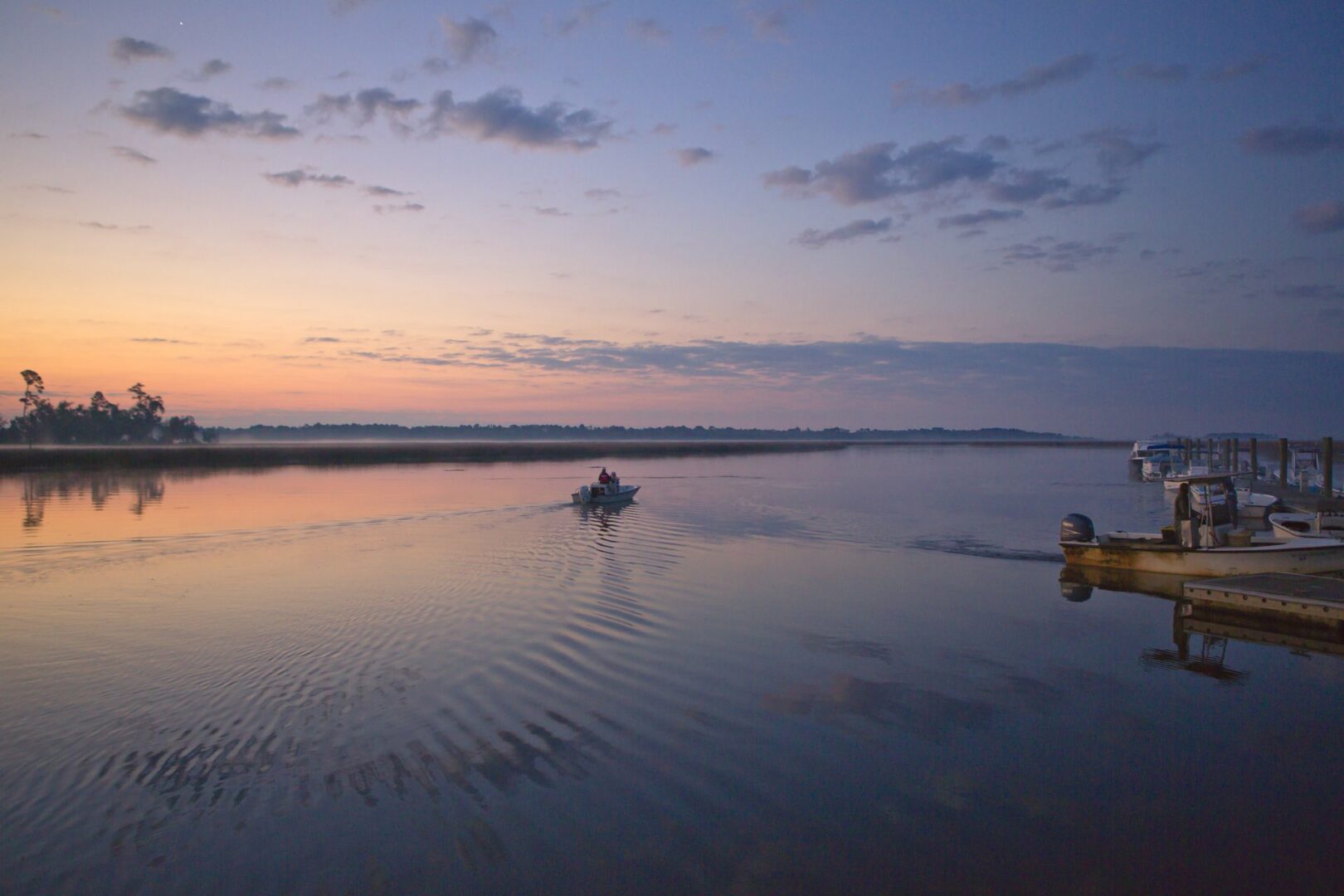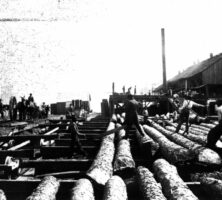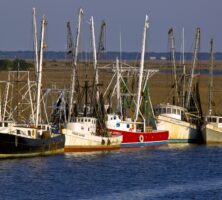The seat of McIntosh County, Darien is a coastal tidewater town about sixty miles south of Savannah. Its origins can be traced to the earliest years of colonial Georgia.
The port town was established on the north branch of the Altamaha River in 1736 by Scottish Highlanders from Inverness, recruited by General James Oglethorpe to assist in the defense of the colony. The Scots were highly capable soldiers, among the finest in the world. Known for a time as New Inverness, the settlement was renamed Darien in honor of an unsuccessful colonization attempt at the Isthmus of Panama. Led by John McIntosh Mohr and Hugh Mackay, the Darien Scots built a fort to replace the abandoned Fort King George, served with Oglethorpe at the siege of St. Augustine in 1740, and played a critical role in the British expulsion of the Spanish invaders at St. Simons Island in 1742. The Scots introduced Presbyterianism to Georgia, bringing with them their minister, John McLeod, from the Isle of Skye in Scotland. In 1739 the Darien Scots protested the legalization of slavery in the colony. After the war with Spain many of them established plantations in St. Andrew Parish, now McIntosh County, an area created in 1793 and named for the family who originally settled the region.
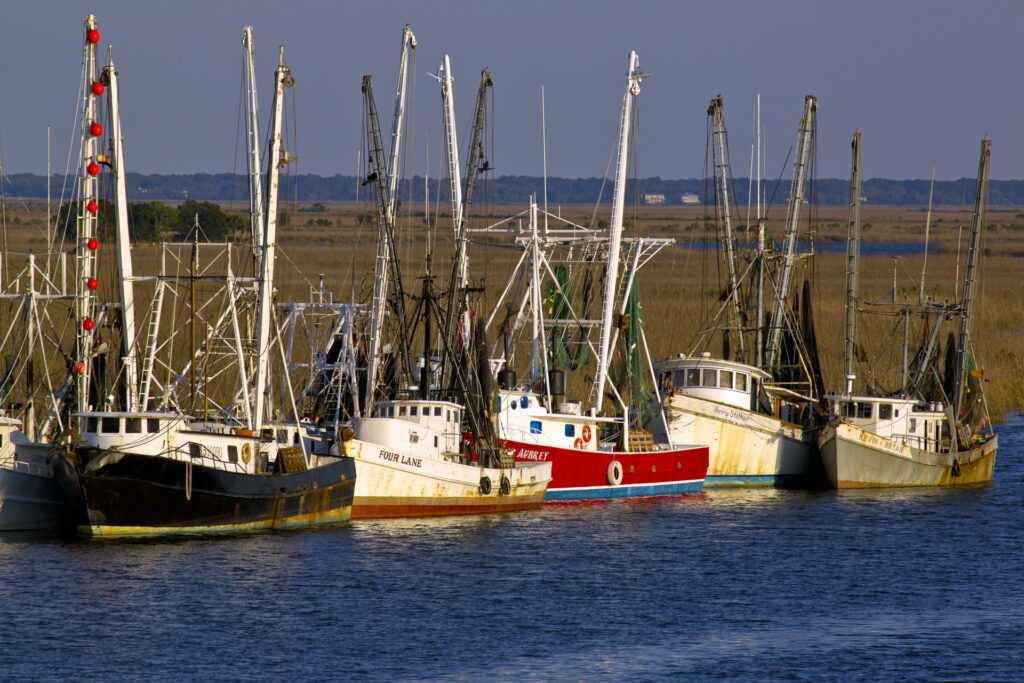
After the American Revolution (1775-83) Darien became a port of increasing importance because of its position near the mouth of the Altamaha River. Locally cultivated rice and upland cotton rafted down the Altamaha from the interior were exported from Darien to larger ports up the coast. In 1816 Darien was incorporated as a town by a legislative act. In 1818, because of the rapid commercial growth of the port, the seat of McIntosh County was moved to Darien from Sapelo Bridge, ten miles to the north. The Bank of Darien, which became one of the most influential financial institutions in the South, was chartered in late 1818, largely because of the town’s cotton trade, and opened in April 1819. Steamboat traffic on the Altamaha from Macon and the state capital at Milledgeville made Darien its ocean terminus.
In the 1840s and 1850s yellow pine timber was rafted down the river to Darien’s sawmills in response to an increasing lumber demand in the North, although the Civil War (1861-65) interrupted this activity. The prominent citizens of Darien during the antebellum period included Dr. James M. Troup, mayor for many years, and a prominent planter, slave owner, and brother of Georgia governor George M. Troup; and Thomas Spalding, great-grandson of settler John McIntosh Mohr. Large-scale rice-growing operations in the Altamaha delta added to Darien’s commercial significance. The largest of the local rice plantations were those of Pierce Butler and John Butler at Butler’s Island, a mile south of Darien, and James Hamilton Couper at nearby Hopeton.
In June 1863 Darien was burned by Union forces composed of two African American units: the Fifty-fourth Massachusetts Volunteers, commanded by Colonel Robert G. Shaw; and the Second South Carolina Infantry, under Colonel James Montgomery. This incident caused considerable resentment among Southern sympathizers. Darien was undefended and unoccupied, and it was not a place of strategic or commercial importance at the time.
After the Civil War the flow of timber down the Altamaha River to the local sawmills resumed, and Darien quickly rebuilt. The town’s recovery from the war was rapid because of the demands for labor associated with the local lumber industry. The African American population of Darien developed increasing independence and self-sufficiency as a result as well. Tunis G. Campbell of Darien, an official of the Freedmen’s Bureau and one of the first African Americans to serve in the Georgia legislature, was a key figure during Reconstruction. He provided leadership and direction for McIntosh County African Americans in the chaotic years following the war. Other African Americans, such as Alonzo Guyton, Lewis Jackson, James Bennett, and Amos Rogers, played prominent roles in Darien business and politics during the Reconstruction and postbellum periods.

Pine timber rafted down the Altamaha to Darien from the interior made the town the leading center of export for lumber on the southern Atlantic coast during the late nineteenth century. Darien became an international port as ships from Europe, Asia, and South America frequented the local waterways to load lumber. The peak was reached in 1900, when more than 100 million linear board feet of timber and lumber were shipped from Darien. Shipment totals dramatically declined later, as the supply of timber from upriver, once thought inexhaustible, was reduced to a trickle because of overcutting. The Darien and Western Railroad, the town’s first rail link with the interior, was completed in 1895, but it came too late to save the timber industry. The last of Darien’s big sawmills, the Hilton and Dodge Lumber Company, went bankrupt in 1916, and an era came to an end.
Darien’s population in 1900 was 1,739 residents. By 1930 the town had dwindled to 937 residents. Beginning in the mid-1920s Darien experienced renewed growth with the commercial seafood industry. With the loss of work in timber, Darien’s African Americans turned to the productive nearshore waters for a livelihood. The shrimp fishery, largely dominated by Black workers, began attracting increasing numbers of whites, particularly in the years immediately after World War II (1941-45). By the early 1960s Darien and McIntosh County had the largest shrimping fleet on the Georgia coast, with several shrimp and oyster packing houses in town along the banks of the Altamaha. Darien, with a population of 1,460, according to the 2020 U.S. census, is now economically dependent on tourism, although commercial fishing continues to be the livelihood of many local citizens.


